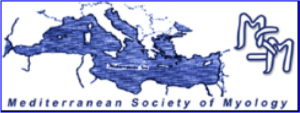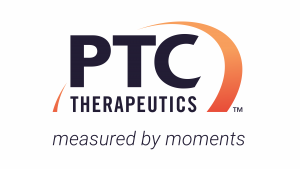To analyze the frequency and intensity of pain and its association with different characteristics of patients with myotonic dystrophy type 1 (DM1) and type 2 (DM2), 52 adult genetically confirmed DM1 and 44 DM2 patients completed the Brief Pain Inventory questionnaire (BPI).
Frequency and average intensity of pain on numerical rating scale (0-10) were similar in DM1 and DM2 (88% vs. 86% and 4.6 ± 2.3 vs. 4.2 ± 1.8, respectively, p > 0.05). In DM1, average pain intensity showed strong association with longer duration of disease and inverse relation with cognition. In DM2, average pain intensity showed association with female gender and emotions. Average pain intensity correlated with Individualized Neuromuscular Quality of Life (INQoL) total score in both DM1 (rho = +0.30, p < 0.05) and DM2 patients (rho = +0.61, p < 0.01).
In conclusion, the majority of DM1 and DM2 patients have mild to moderate pain. Our results open new opportunities for behavioral and cognitive interventions.






